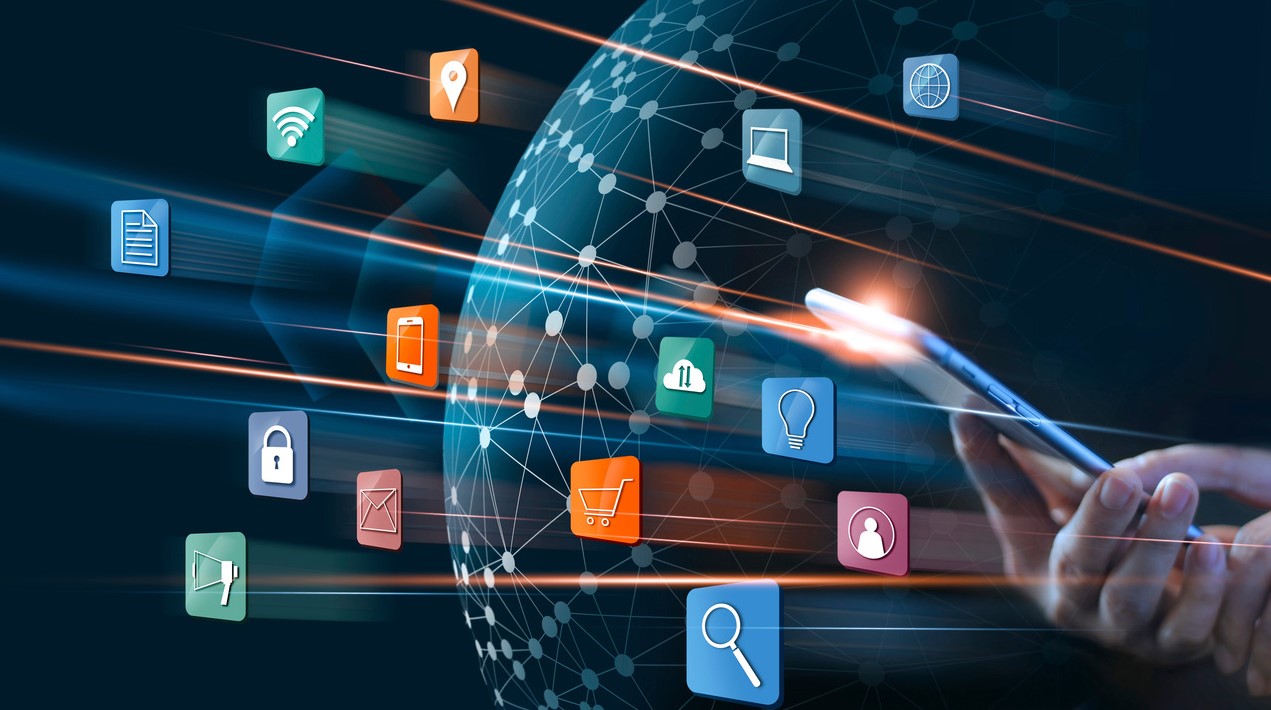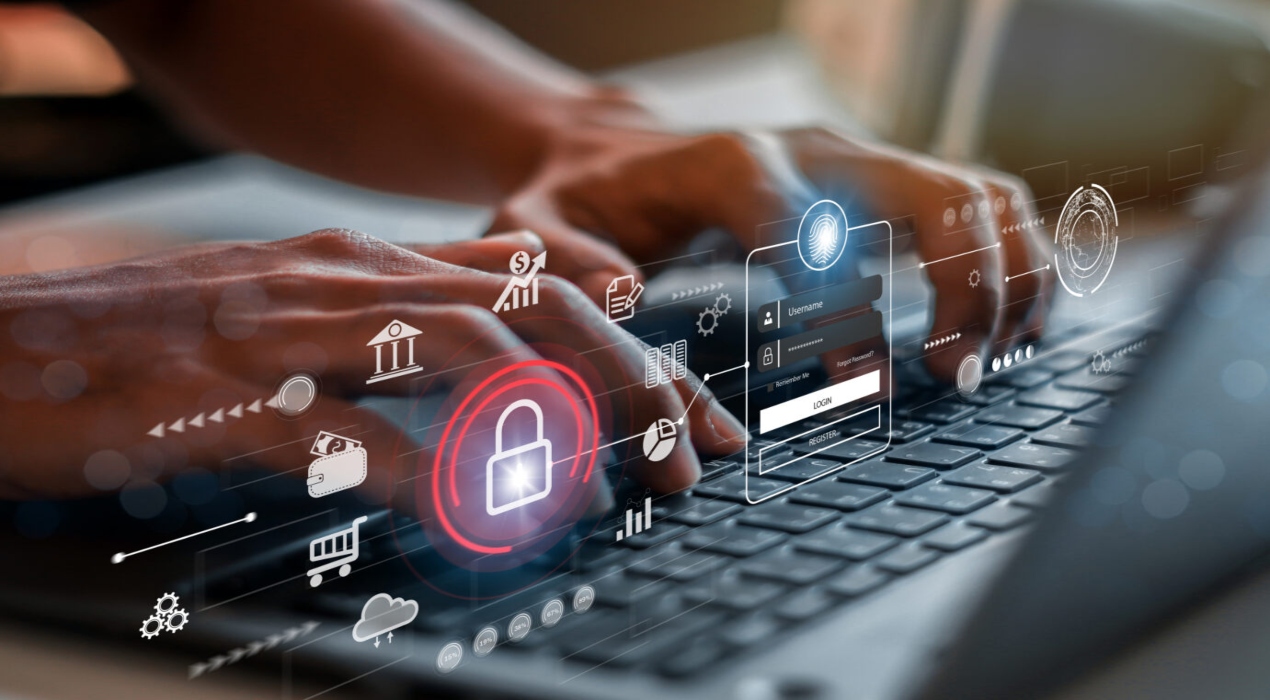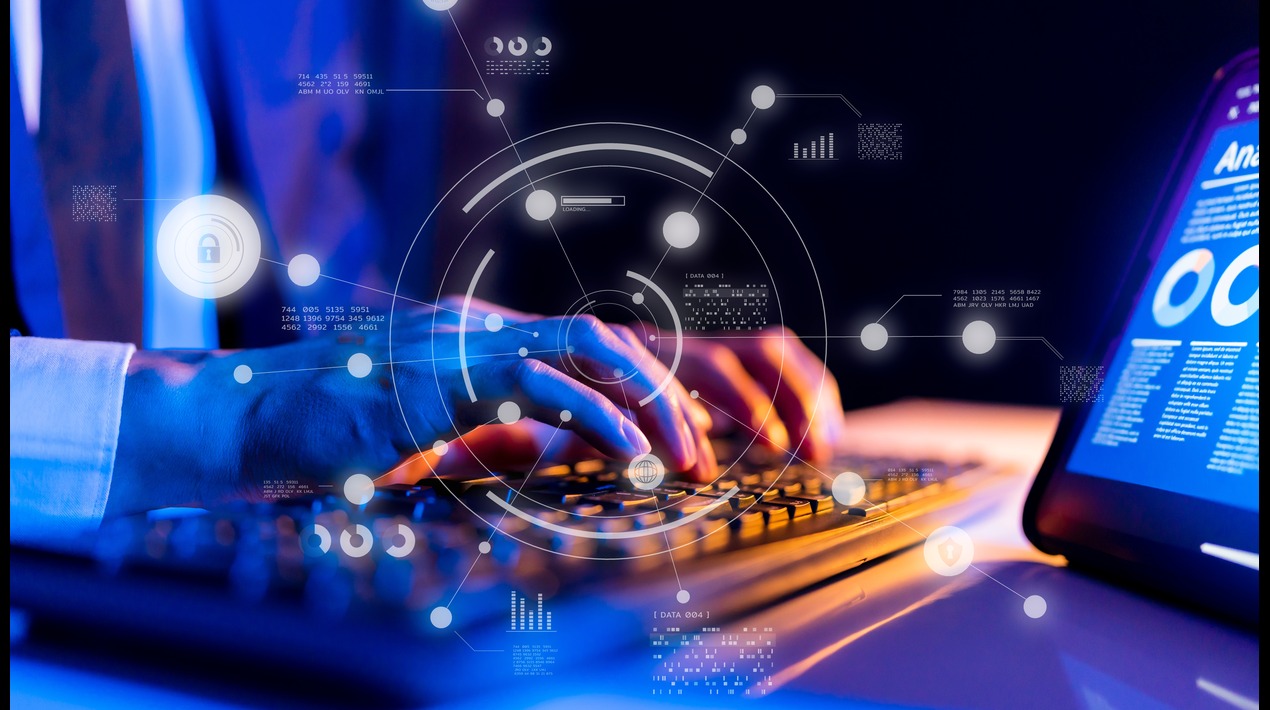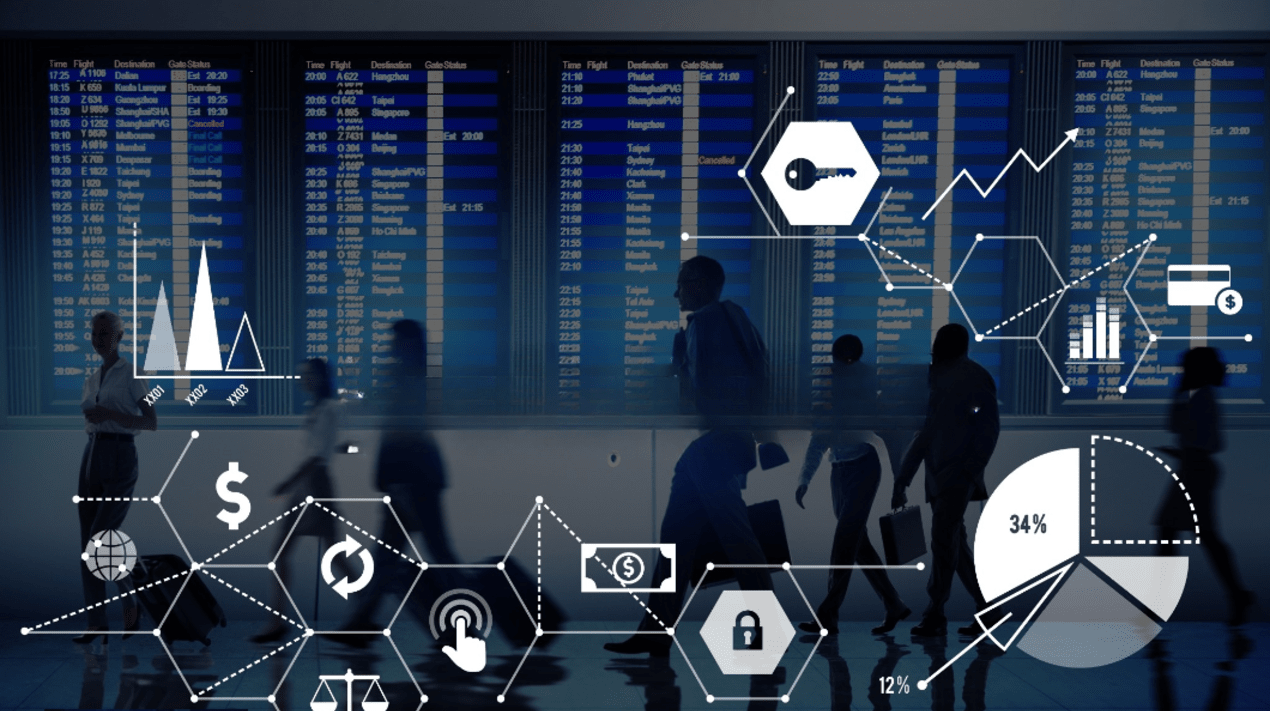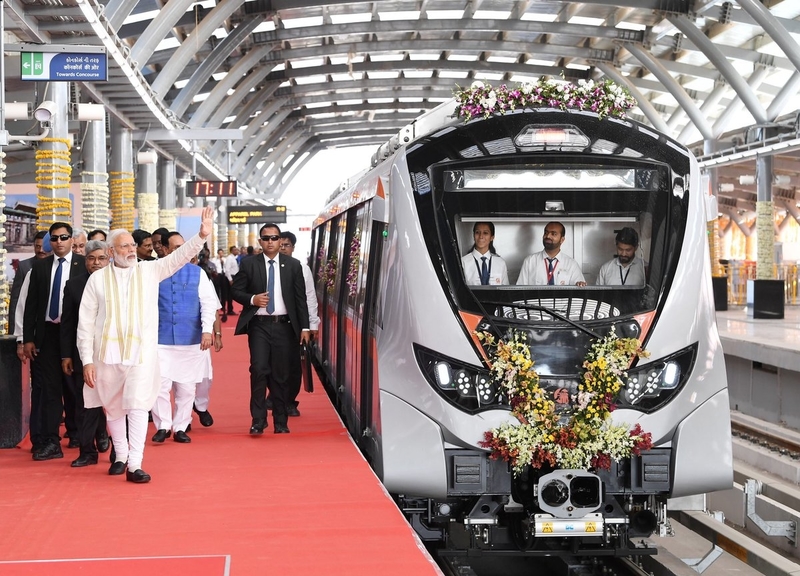
India’s Prime Minister launched the all-inclusive National Common Mobility Card (NCMC) to facilitate transport mobility at Ahmedabad, earlier this week.
The card is a domestically manufactured automatic fare collection system that enables citizens to pay multiple kinds of transport fares, including metro services, PoS machines, and toll tax, across the country.
According to a press release, the stored value on the card supports offline transaction for all travel options with minimal financial risk. The card’s service area feature supports operator specific applications, for example, monthly passes and season tickets.
The card is India’s first indigenously developed payment ecosystem for transport. Citizens will be able to use the card to pay for bus travel, parking charges, retail shopping, and even to withdraw money.
Public transport, being both an economical and convenient mode of commuting, is extensively used in India. Currently, cash is the preferred method of payments in public transport. This, however, comes with challenges like cash handling, reconciliation, and revenue leakages.
The release noted that the government has launched various initiatives to automate and digitise fare collection through automatic fare collection systems (AFC). The introduction of closed-loop cards issued by transit operators has helped to digitise fare collection to a large extent. However, the restricted usability of these payment instruments limits digital adoption by customers.
AFC systems (gates, validators, and backend infrastructure) are the core of any automated fare collection process. Until now, the major challenge associated with AFC system implementation was the lack of indigenous solution providers.
To facilitate “seamless travel across metros and other transport systems in addition to retail shopping and purchases” the Ministry of Housing and Urban Affairs (MoHUA) developed the NCMC programme.
A committee was formed with representatives from the National Informatics Centre (NIC), the Centre for Development of Advanced Computing (C-DAC), the Bureau of Indian Standards (BIS), National Payment Corporation of India (NPCI), and the Ministry of Finance. The objective was to create a vendor agnostic interoperable ecosystem for NCMC, including an indigenous AFC system and banking interface.
The NPCI was then given the mandate to develop the specifications for a card and terminal. Based on the best global practices and dynamics of the Indian market, the committee recommended the EMV-based open loop card with stored value. An open loop card is an electronic payment card that can be used wherever the processing brand is accepted.
The NCMC ecosystem offers a value proposition for customers as they no longer need to carry multiple cards for different uses.
Further, quick contactless transactions will improve customer experience. For operators, the NCMC ecosystem brings common standards for implementation without vendor lock-in, the press release said.
This will contribute to higher digital payment penetrations, savings on closed loop card lifecycle management expenses, and reduced operating costs. Operators could use data insights from the NCMC for business intelligence leading and efficient operations.
The NCMC will also help the government with the digitisation of low value payments and will reduce costs for the entire ecosystem.
The complete AFC system has been deployed in the Delhi Metro Rail Corporation (DMRC) across a few stations as a pilot project. Under it, NCMC compliant gates have been implemented and cards have been issued by multiple banks to their customers.




